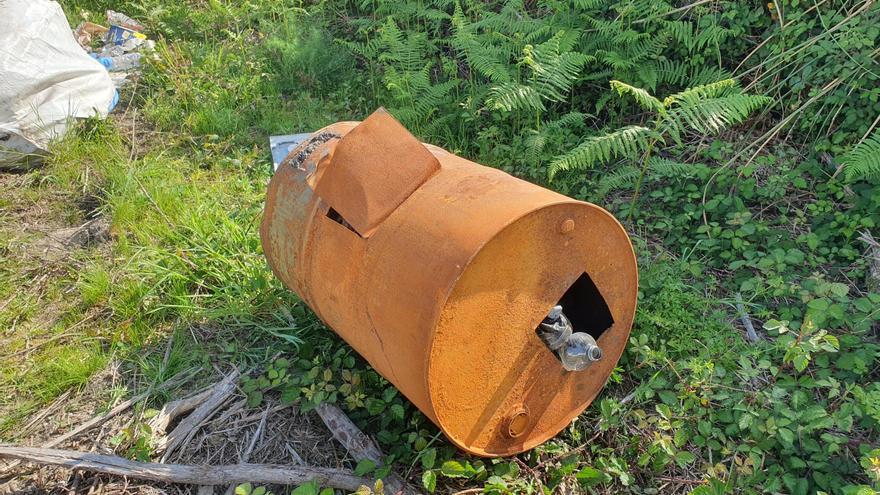
The Pentagon wants to clean up space. Well, not all of it, but at least the increasingly polluted region in low Earth orbit, where thousands of bits of debris, spent rocket stages, and dead satellites hum out of control, like flotsam, The Washington Post noted.
The paper said all that junk from decades of space travel poses serious risks to all kinds of satellites, including those used for security by the Pentagon and intelligence agencies, but tidying up space is much harder than cleaning up a highway or even an ocean
For one thing, objects in orbit travel incredibly fast: about 17,500 miles per hour, or about 5 miles per second. Some of them are falling violently, making them hard to catch.
Pieces of debris have broken a window on the International Space Station. Last year, a micrometeorite tore through the station’s robotic arm, leaving a hole the size of a bullet. The Defense Department doesn’t want that to happen to one of the satellites it uses for missile defense, espionage or GPS-enabled precision munitions guidance.
It recently launched a program, called Orbital Prime, under the US Space Force that would give companies seed money to develop the technology needed to clean up space. In the first round of the program, the companies would win prizes of 250 thousand dollars, with up to 1.5 million in a second round of financing
The newspaper indicated that Astroscale is one of the companies that intends to participate in the Space Force’s Orbital Prime program.
Based in Japan, the company is developing a spacecraft that it hopes can meet a falling object in space, mimic its spin, and then grab it with a magnet.
It is also working with the Japanese space agency to meet with and inspect a spent Japanese rocket stage. A separate mission, run by the space agency, would bring the stage out of orbit.
The missions are not easy. In a test this week, the company struggled.
Your spacecraft successfully launched an object into space, but there was a problem, or “anomaly,” once you tried to navigate to it.
“For the safety of the mission, we have decided not to proceed with the capture attempt until the anomalies are resolved,” the company said in a statement.




